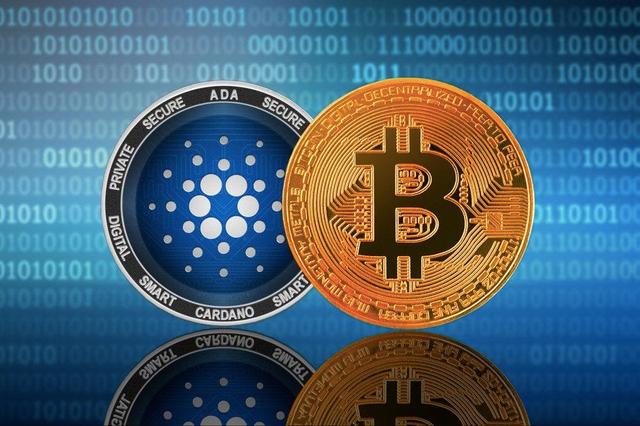In the ever-evolving world of cryptocurrencies, Bitcoin Spark and Cardano have emerged as two prominent players, each with its unique features and goals. In this article, we will delve into the intricacies of Bitcoin Spark and Cardano, exploring their origins, technologies, use cases, and potential for reshaping the crypto landscape.
Understanding Bitcoin Spark
The Genesis of Bitcoin Spark
Bitcoin Spark, often referred to as "BTS," entered the crypto scene in 2021 as a fork of the original Bitcoin. It aimed to tackle some of the limitations of Bitcoin, such as scalability and transaction speed, while maintaining the core principles of decentralization and security.
Key Features of Bitcoin Spark
Increased Scalability: Bitcoin Spark incorporates innovative solutions like the Lightning Network to enable faster and cheaper transactions, addressing Bitcoin's scalability issues.
Smart Contracts: Unlike its predecessor, Bitcoin Spark supports smart contracts, opening the door to a wide range of decentralized applications (DApps).
Privacy Enhancements: BTS focuses on enhancing user privacy through advanced encryption techniques, making it a choice for privacy-conscious individuals.
Exploring Cardano
Cardano's Genesis
Cardano, symbolized as "ADA," was created by Charles Hoskinson, one of the co-founders of Ethereum. Launched in 2017, Cardano aimed to provide a more secure and scalable platform for the development of DApps and smart contracts.
Key Features of Cardano
Proof of Stake (PoS): Cardano utilizes a PoS consensus mechanism, which consumes significantly less energy compared to Bitcoin's Proof of Work (PoW), making it environmentally friendly.
Research-Driven Approach: Cardano distinguishes itself with its academic approach, incorporating peer-reviewed research into its development process for robustness and reliability.
Interoperability: ADA aims to establish seamless interoperability with other blockchains, fostering collaboration between different crypto ecosystems.
Bitcoin Spark vs. Cardano: A Comparative Analysis
Now that we have a basic understanding of both Bitcoin Spark and Cardano, let's compare them on various aspects:
- Scalability
Bitcoin Spark leverages the Lightning Network to achieve faster transaction speeds, while Cardano's PoS mechanism inherently provides scalability benefits. Both projects address scalability, but Bitcoin Spark may have a slight edge in transaction speed.
- Smart Contracts
Bitcoin Spark offers smart contract capabilities, but Cardano's research-driven approach ensures the security and reliability of its smart contracts. It's a trade-off between innovation and security.
- Environmental Impact
Cardano shines in this aspect due to its PoS consensus mechanism, consuming less energy than Bitcoin Spark's PoW. Environmentally conscious investors might prefer ADA.
- Privacy
Bitcoin Spark emphasizes privacy enhancements, appealing to those who prioritize anonymity. Cardano, while not disregarding privacy, focuses more on its PoS and research-driven approach.
Use Cases and Potential
Bitcoin Spark is often seen as a digital cash alternative with improved scalability and privacy, making it suitable for everyday transactions. On the other hand, Cardano's research-based approach and interoperability potential position it as a platform for building complex decentralized applications.
Conclusion
In the world of cryptocurrencies, Bitcoin Spark and Cardano represent two distinct approaches to addressing the challenges faced by earlier blockchain technologies. The choice between them depends on individual preferences and priorities, whether it's speed, security, environmental concerns, or specific use cases.
